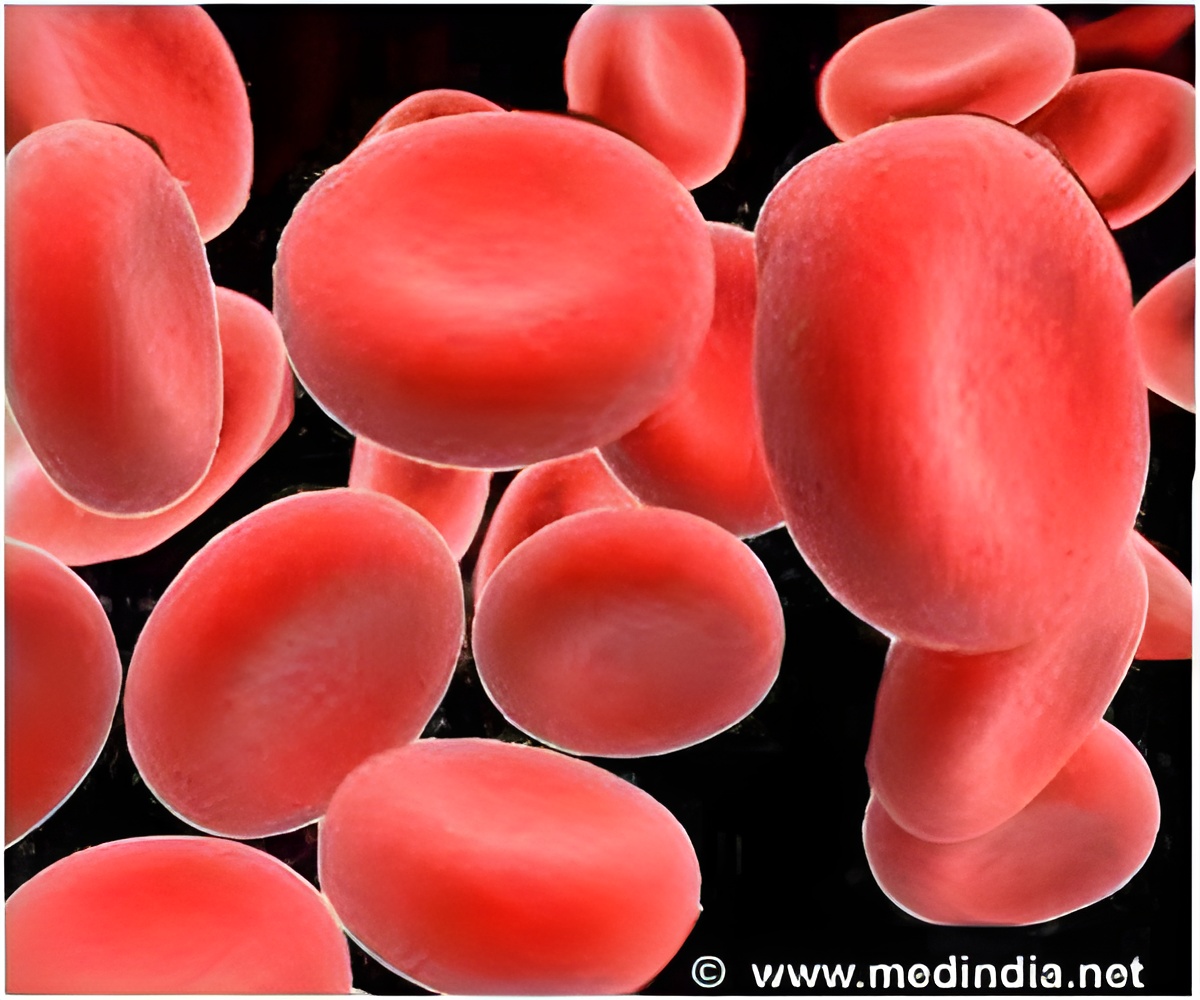Finding and destroying malignant cells that circulate in the body following the spread of cancer is essential to ensure patient survival.

Cancer spread, or metastasis, leads to up to 90% of cancer deaths. Investigators currently do not have the clinical capability to intervene and stop the dissemination of tumor cells through metastasis because many steps of this process remain unclear. It is known that cancer cells undergo multiple steps, including invasion into nearby normal tissue, movement into the lymphatic system or the bloodstream, circulation to other parts of the body, invasion of new tissues, and growth at distant locations. Now, a new approach developed by Dr. Ekaterina Galanzha of the University of Arkansas for Medical Sciences in Little Rock and her colleagues allows for labeling and tracking of individual circulating cancer cells throughout the body, thereby helping researchers elucidate the pathways of single cells from start to finish.
The advance uses photoswitchable fluorescent proteins that change their color in response to light. When the first laser of light hits the circulating tumor cells, they appear to be fluorescent green. A second laser, using a different wavelength, makes the cells appear to be fluorescent red. To label individual cells, researchers use a very thin violet laser beam aimed at small blood vessels.
Source-Eurekalert















